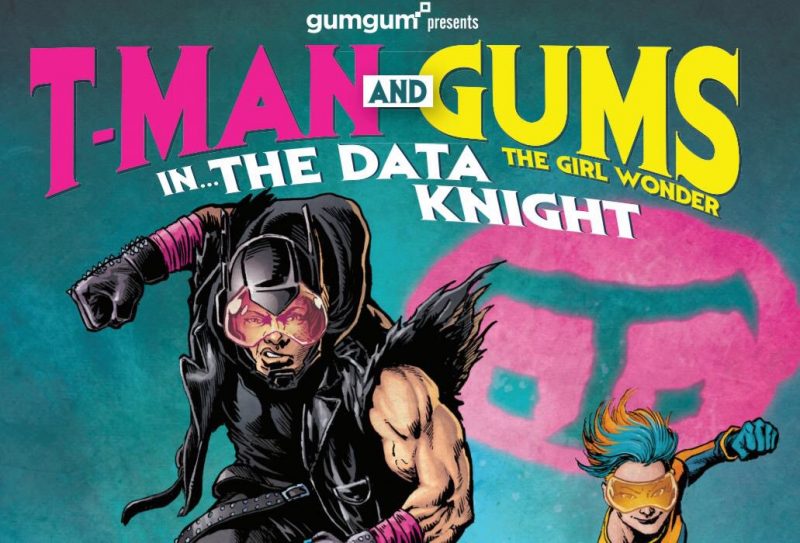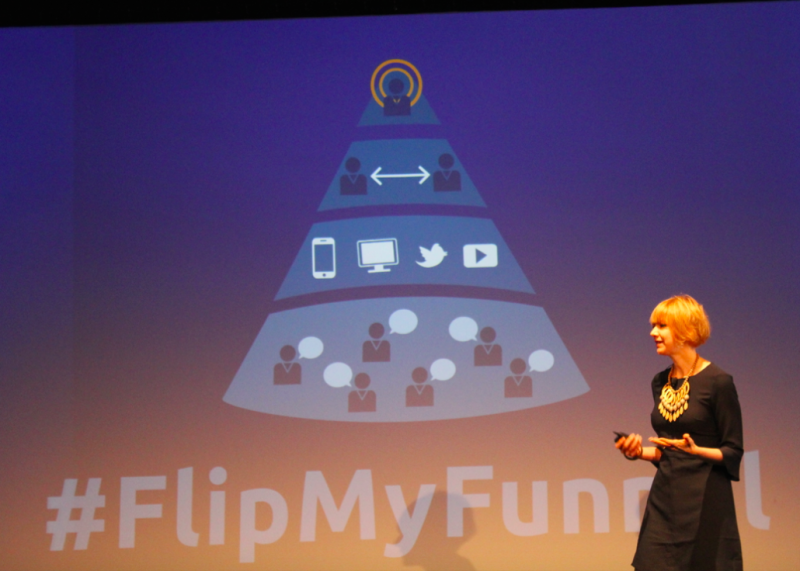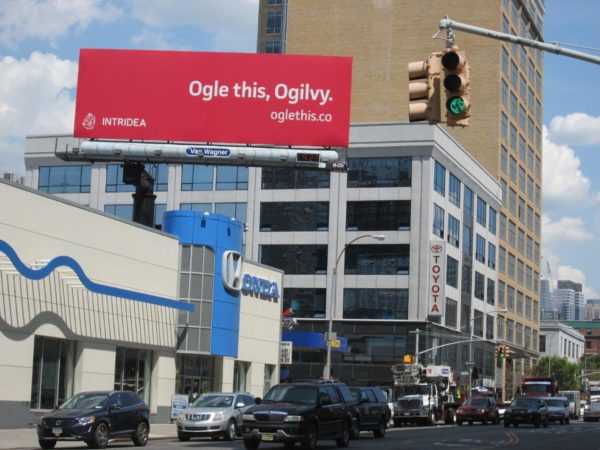
5 examples of account based marketing done right
What is the defining challenge of marketing in the current era of digital commerce? Cutting through the noise and confusion of an oversaturated media landscape to deliver your message to the people who truly need to see it.
One approach that has been gaining ground recently is account based marketing (ABM), which flips the traditional flow and perspective of marketing models. Instead of trying to narrow down a wide prospective market into a smaller subset of leads, you identify and target the specific customers you want to convert. Then, you market directly to them in an individualized way.
What is ABM?
In account-based marketing, the customer is the market. You choose approaches designed to be effective for that individual customer. If the customer is an organization and not a single person, then you choose approaches designed for the decision-makers within the organization. The idea, essentially, is to create bespoke marketing campaigns built around each client’s unique needs and desires.
Obviously, ABM is only feasible for certain types of businesses. However, for B2B companies with a few high-value clients, ABM can be a highly effective methodology. It typically provides a better return on investment than other, less-focused marketing efforts.
Because ABM is such a personalized, custom-fit approach, it can be difficult to provide generalized advice about how to enact a successful ABM strategy. A better way to get acquainted with it is to study real-world examples of ABM that proved to be effective.
Five examples of account-based marketing done right
1. GumGum

With personalized content, it can be tough to stick to the landing. It’s easy to come across as fake or forced, especially when you’re trying to leverage a personal connection with limited public information about a prospect.
The decision-makers you’re trying to reach aren’t looking for signs that you really get them on a deep intellectual level. This is the perfect opportunity to go for the big, attention-grabbing gesture. It’s also a chance to show the kind of perceptiveness and attention to detail they can expect from you once you deliver on projects they pay you for.
GumGum set the gold standard for personalized ABM marketing in their efforts to land T-Mobile as a client. T-Mobile CEO John Legere is very active online on social media, which helped GumGum get a sense of his personality and his likes. They learned that he’s a huge fan of Batman.
GumGum commissioned and published a comic book with Legere cast as the Batman-esque superhero T-Man, who saves his city from bad cell phone service with the help of his sidekick, Gums. Gums provides T-man with image-recognizing marketing technology that helps him get the word out about T-Mobile more effectively.
Is it a little on the nose? Sure, but it’s also professionally drawn and colored. It’s a quick and fun read, and John Legere loved it—and gave them a big shout-out on Twitter. Not only did GumGum land the account, but they also got tons of free, positive exposure out of it.
2. Snowflake

Calling somebody a “snowflake” can be seen as a put-down these days, implying that they think they’re oh-so-special and unique.
The last thing you need to communicate to your prospects is that they’re ultimately not that big of a deal in the universe’s grand scheme. Instead, how about showing them that you, more than any other B2B vendor, recognize them as the unique individuals they are?
The data warehousing company Snowflake runs 500 simultaneous account-based marketing campaigns, each tailored to reach a specific target customer.
To achieve this, Snowflake has six dedicated marketers working in close alignment with its sales team. You might think all this bespoke content is only gated for the prospect’s eyes. Instead, Snowflake puts it out on the open web. This builds credibility by demonstrating their commitment to taking the long view and knowing their customers inside and out.
3. Invoca

Everybody likes getting presents. Direct mail marketing has long used little goodies to entice people into giving a second look to unsolicited offers. If they’re going to send you a sheet of return address labels or a sample packet of hair conditioner, it’s the least you can do, right?
B2B companies can afford to send out bigger, fancier, cooler swag to their prospects. But there’s a point of diminishing returns, and most companies will have reached it before they’ve even heard of you. If you’ve been to a trade show or two, you probably have more stress balls, cord clips, and ballpoint pens than you will ever need.
Your prospects are in the same boat. You will have to get creative if you want to reach them by sending them free stuff. At the 2015 Dreamforce conference, the tracking and analytics company Invoca ensured everyone who booked a meeting with them would remember who they were.
They gave away Apple Watches.
It wasn’t just that Invoca was giving away a pricey, high-value item. An Apple Watch also served as a tactile reminder to remember the meeting appointment and follow-up, tied in with the communications-centric services Invoca provides. The end result? Invoca significantly exceeded the lead generation and pipeline goals they had set for themselves.

4. Intridea

Taking a challenging or confrontational approach to a business marketing campaign is risky. Failing in an attempt to emulate one of the previous examples might get you ignored or forgotten. But if you try to get a prospect’s attention with a shot across the bow and you blow it, they might remember you, but definitely not in a good way.
On the other hand, an assertive approach can sometimes get the attention of a big, hard-to-reach client — especially if there’s an audience-building buzz around the question of whether they’ll respond.
Intridea’s web designers and developers wanted to land a gig with the advertising giant Ogilvy & Mather, so they rented a billboard across the street from their offices in Manhattan. In plain white text on a bright red background, the billboard simply said, “Ogle this, Ogilvy,” with Intridea’s logo and a URL below.
The risk paid off for Intridea. Ogilvy’s CEO called them up to arrange a meeting.
5. GumGum (again)

After closing out the list, we’re back at GumGum. They seem pretty good at account-based marketing!
This final example illustrates the concept of “Fake it ‘til you make it.” GumGum created an ingenious and effective marketing product for various Clorox brands and then showed it off at Clorox’s annual iConnect conference.
The product was temporary tattoos that had augmented reality functionality. For instance, the tattoo they designed for the Burt’s Bees brand would turn into an animated, hovering 3-D honey bee if you viewed it through GumGum’s app.
The tattoos were a big hit and helped GumGum start conversations about the emerging computer vision technologies they specialize in. More than 200 conference attendees downloaded the GumGum app that year.
Recommended for further reading
Conclusion
With ABM, you’ll always be reinventing the wheel a bit whenever you gear up to engage with a new prospect. It’s important to treat every prospect as a clean slate and build your campaign from the ground up. It’s all too easy to start repurposing your old content and ideas, and pretty soon, you’re just back to doing traditional marketing.
There’s endlessly fertile ground for new ideas and innovative concepts to come out of account-based marketing. Social media is your best friend when it comes to keeping tabs on your prospects and learning how to get through to them. Stay connected with your eyes and ears open, and the next time somebody wants to point out examples of excellent ABM, your company could be at the top of the list.


